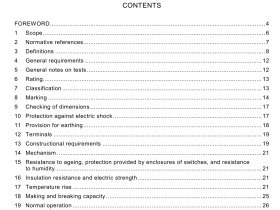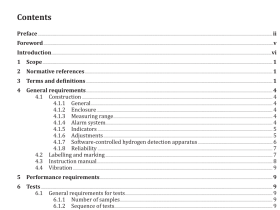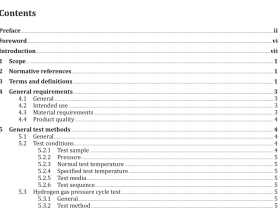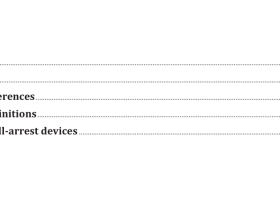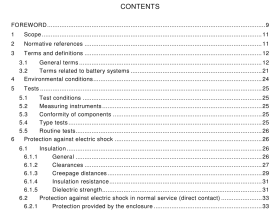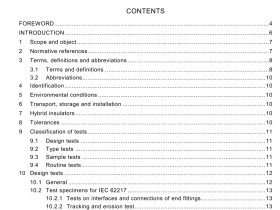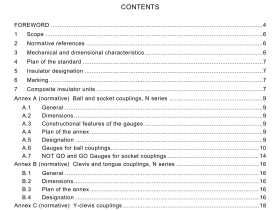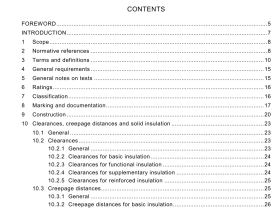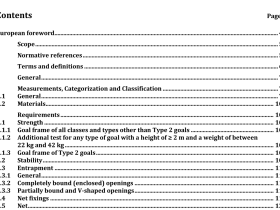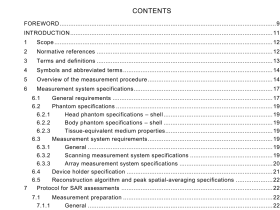AS 2885.5 pdf download
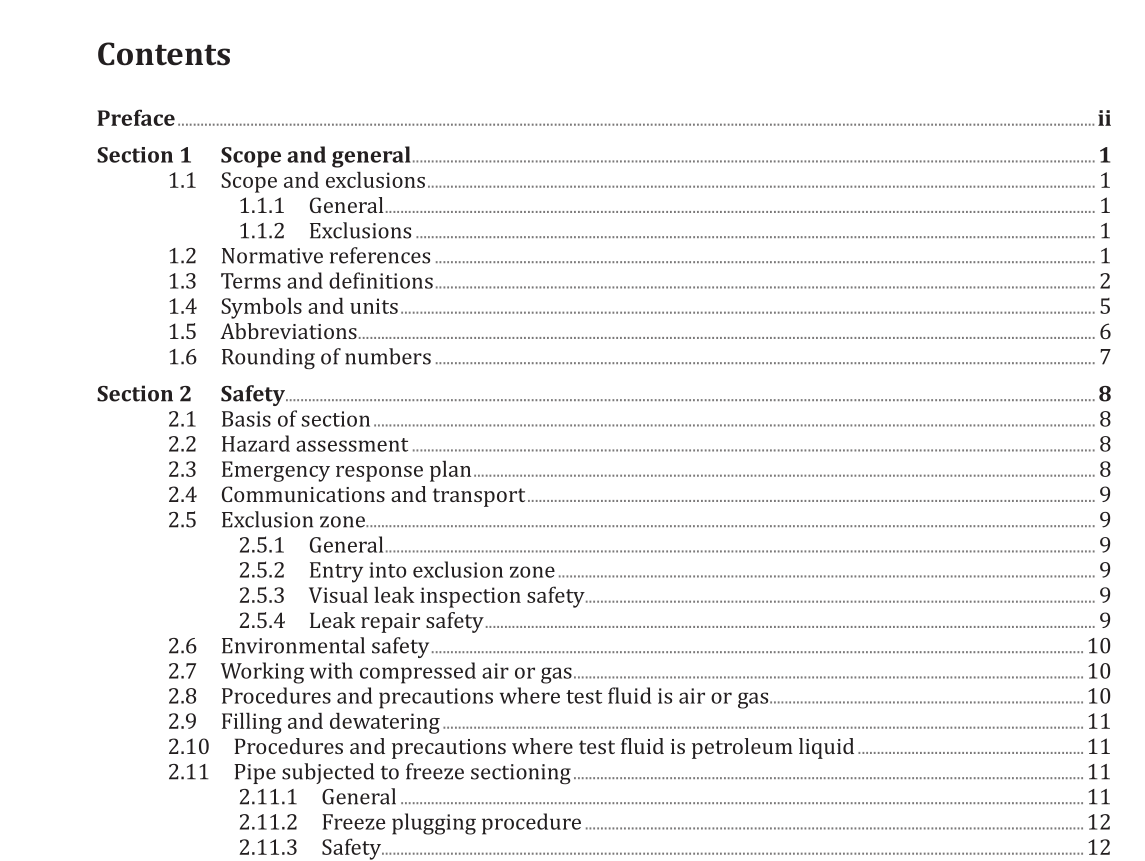
AS 2885.5 pdf download.Pipelines — Gas and liquid petroleum
1.1 Scope and exclusions
1.1.1 General
This document sets out methods for the pressure testing of petroleum pipelines constructed of steel, designed in accordance with AS/NZS 2885.1, and operated in accordance with AS 2885.3. It may also be used for testing other pipelines, including pipelines designed or operated in accordance with AS/NZS 4645.2. Pressure testing is used to establish — (a) the pressure limit (PL) in accordance with AS/NZS 2885.1 (strength test); and (b) the leak tightness of a test section (leak test). Pressure testing with air or gas, while not recommended, is permitted by this document within the limits specified in AS/NZS 2885.1. NOTE 1 References in this document to liquid or fluid may be generically applied as applicable to air or gas. This document may also be applicable to high pressure steel pipelines designed and constructed to national Standards of other countries. This document may be applied for pretesting of pipe and components and for testing sections of pipe separate from the field test. NOTE 2 For information on the history and basis of this document, see Appendix A.
1.1.2 Exclusions
This document does not apply to pressure testing of pipe manufactured from plastic or fibreglass materials. The determination of the pressure-volume-temperature relationship does not apply to plastic or fibreglass pipe. For fibreglass pipe, this relationship shall be established by other means for use in leak test determination. NOTE The properties of these materials mean that the pipe may be damaged when tested by methods designed for steel pipe. Procedures appropriate to these materials and documented in another Standard should be used, or if required, developed.
1.3 Terms and definitions
For the purpose of this document, the definitions given in AS 2885.0 and those below apply. 1.3.1 accuracy tolerance range or limits relative to the standard, true value of a measured quantity (such as pressure, temperature or volume) which includes effects such as errors or corrections, non-linearity, repeatability, hysteresis, time drift and measurement uncertainty over a period of time of the order of years 1.3.2 allowable fluid variation AFV acceptance criteria (expressed in terms of fluid volume change) by which the test section is declared leak tight 1.3.3 calibration operations that establish, under specified conditions, the relationship between values of quantities indicated by the measuring instrument and the corresponding values realized by reference standards Note 1 to entry: For the calibrated range, calibration certificates include statements of the uncertainty of measurement and often any corrections. Note 2 to entry: Calibration differs from verification. 1.3.4 coverage factor factor or number used to convert a measurement uncertainty to a standard uncertainty or vice versa 1.3.5 end-point pressure at which the pressurization is to cease 1.3.6 exclusion zone zone surrounding a test section within which personnel are at risk should the pipeline fail during testing 1.3.7 half-slope end-point pressure on the pressure-added volume plot at which the slope is half that of the obviously elastic portion of the plot after the effects of residual air are overcome Note 1 to entry: Information on pipe behaviour during pressurization is given in Appendix F. Note 2 to entry: The added volume per unit pressure rise at this end-point is double that of the obviously elastic portion of the plot after the effects of residual air are overcome.1.3.13 measurement uncertainty parameter associated with the result of a measurement, characterising the dispersion of values that could reasonably be attributed to the quantity measured with 95 % confidence Note 1 to entry: It is commonly used to express the uncertainty determined during a calibration and is usually less than the range of accuracy tolerance. 1.3.14 mill test pressure pressure to which each length of pipe is subjected at the pipe manufacturer’s works 1.3.15 nominated pressure pressure limit at the high point in a test section and, where required, the pressure limit at the low point in a test section 1.3.16 offset volume pressure on the pressure-added volume plot at which the total added volume equals the sum of the volume required if the test section behaved as predicted (elastic for a Type 2 test or elastic for a Type 3 test) and a percentage of the calculated volume of the test section; the zero pressure being measured at the highest elevation Note 1 to entry: The offset volume excludes the volume of water added to compress residual air.
